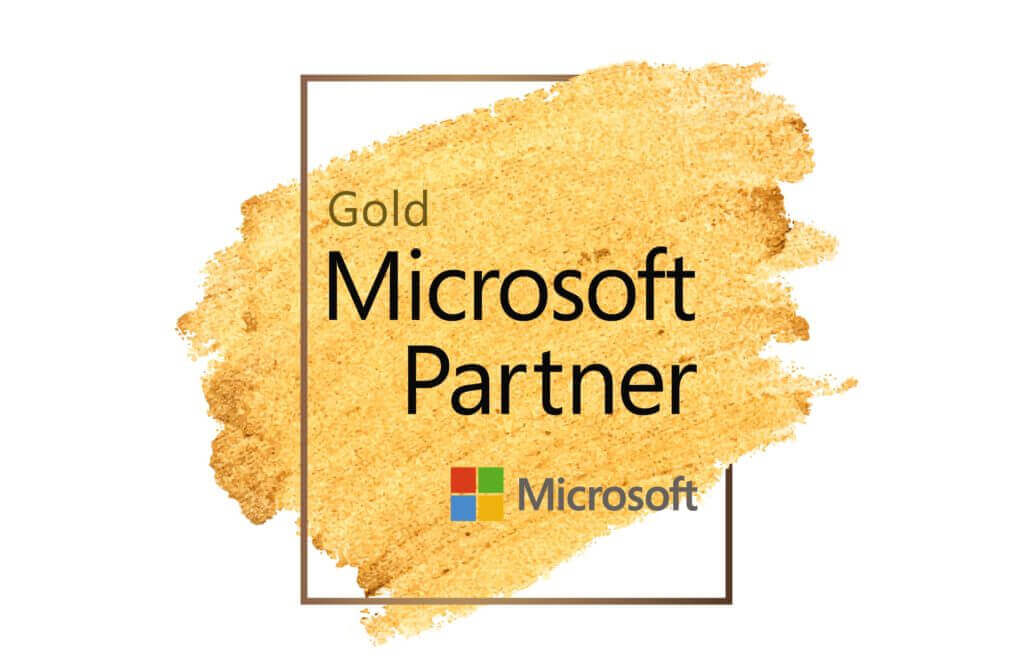Modern Management
The Modern Management moves away from On-Premise dependencies, creates a more flexible and mobile workplace and more cost-effective management of Windows 10 devices. This means doing things the smart way, rather than continuing to do them the way you've been doing them for the last 100 years or so. Why would you want to stop doing what you're doing and start doing things in a new way? One is to save time for IT as well as for the end users. By saving money, you can reduce costs in your business. It's also about not reinventing the wheel, which all organisations are doing today in a sense.
The move to automation and cloud reflects what is already happening. By upgrading to Windows 10, you have already purchased Windows as a Service. This automatically updates the operating system, via twice-yearly feature updates and smaller monthly quality updates. If you have also upgraded to Office 365, you will also benefit from automatic updates, as well as simplified administration and management, provided "from cloud".
Vision
The vision of Modern Management is to make it easier to manage Windows 10 devices, throughout their lifecycle and with a reduced infrastructure footprint. This means less time spent on management and less time spent managing management tools.

Today's challenges with traditional device management
Dependence on a corporate network
Complex infrastructure
Higher overall costs
Dissemination of problematic content
Deployment of the operating system
Why Modern Management?
-
A significant advantage of adopting a modern management approach is that (in most cases) no on-premises infrastructure is required - all management is done via services cloud.


